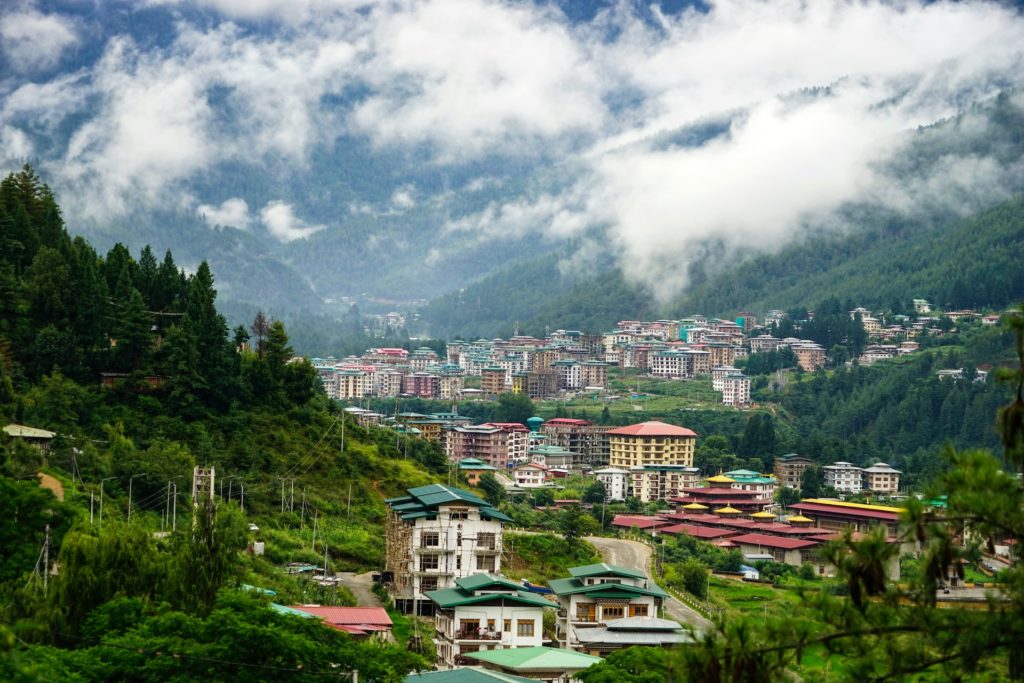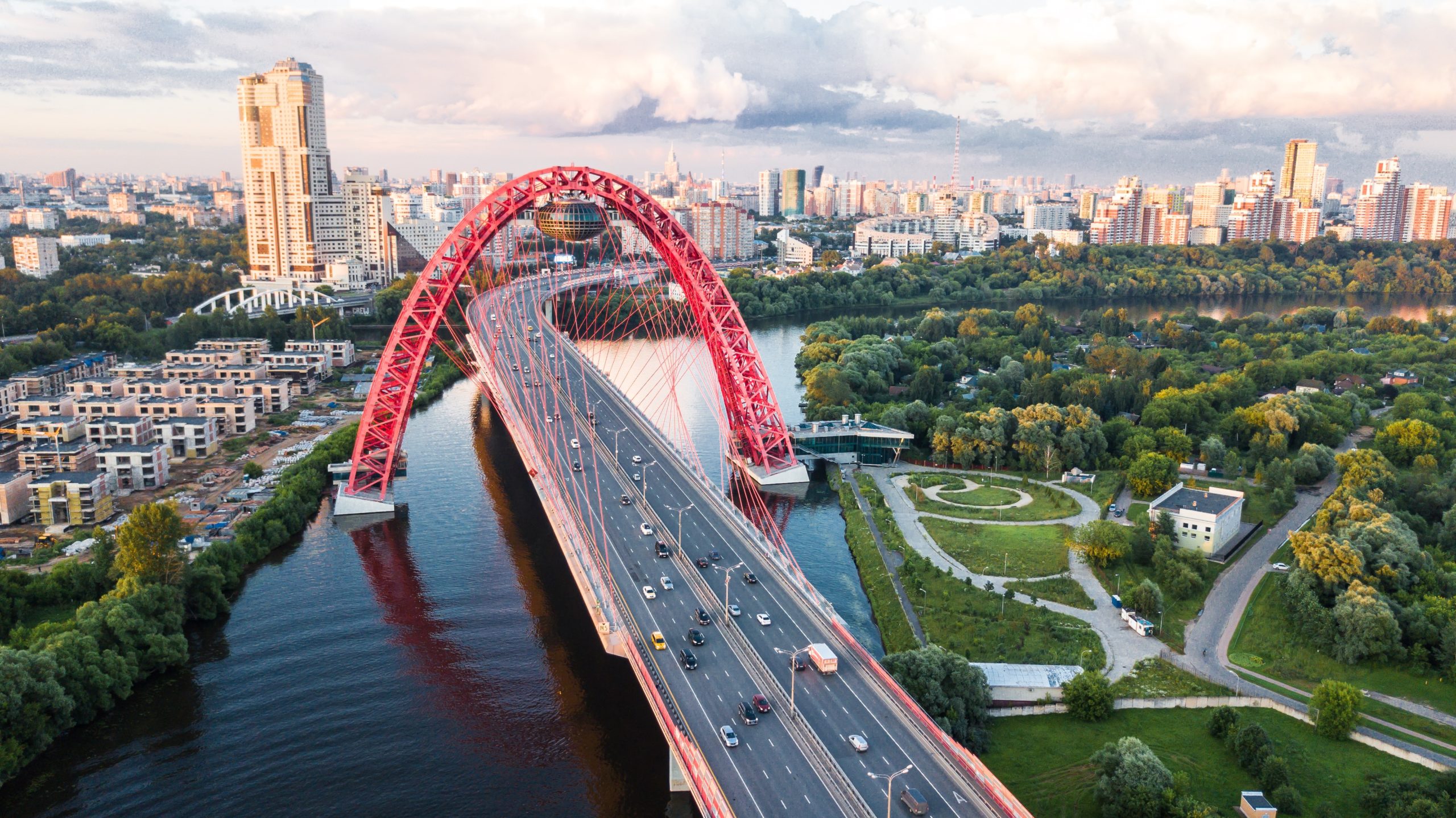Bhutan is a distinctive nation in terms of both culture and ecology. It is the last remaining Buddhist Kingdom in the world and is perched high in the Himalayas. It has created the Gross National Happiness (GNH) ideology, wherein development is assessed using a broader definition of wellbeing than just GDP.
Since a large portion of Bhutan still engages in subsistence farming, it is still considered a third-world nation. In general, the population is tiny and the land is productive. Additionally, all people have access to free, if subpar, medical care, and the current generation obtains free education. The selling of tobacco products is prohibited, and it is a crime to smoke in public places, which carries a fine.
Agriculture, hydroelectricity, and tourism are the kingdom’s main economic drivers. About 60% of rural households farm rice, which is the principal staple crop. The collection and cataloging of local rice varieties number over 500. Bhutan only produces half of the 100,000 tonnes of rice it consumes annually. Low-altitude rice is frequently planted with crops like mustard, wheat, legumes, and tropical fruit in a rotation. Maize, buckwheat, barley, foxtail millet, finger millet, potatoes, and soybean are some of the other important crops.
Below are some of the most profitable industries you can carve out your business idea.

Agriculture industry
The economy of Bhutan is largely based on agriculture. Bhutan’s population is primarily engaged in agriculture, with over 80%. Women who earn a living in the nation make up over 95% of the workforce. The majority of the refugees in this country in the Himalayas work in agriculture. Bhutan’s agriculture is known for being labor-intensive and having comparatively low input intensity.
Maize and rice are two of the main crops grown in Bhutan. In terms of overall domestic cereal cultivation, maize makes up 49% and rice 43%. The primary staple crop is rice. Wheat and other small cereal crops are grown in the nation’s agriculture. When appropriate irrigation is available, paddy is the main crop in those areas. In addition to paddy, these areas are also used to grow other crops like wheat, barley, oil seeds, potatoes, and various vegetables. Bhutan’s key agricultural objectives are to boost the per capita income of those who live in rural regions, increase staple crop self-sufficiency, and raise productivity per unit of farm labor and agricultural land.
Minerals and mining
The nation’s mining industry was tiny and unimportant to its economy, with cement, coal, dolomite, gypsum, and limestone production dominating. Deposits of beryl, copper, graphite, lead, mica, pyrite, tin, tungsten, and zinc were among the resources that were known to exist. One of Bhutan’s industries with the quickest rate of expansion is mining, which annually brings in an average of 54 million US dollars or 3% of the nation’s GDP.
Dolomite, graphite, marble, and slate, as well as sand and stone, were the main industrial mineral products produced in Bhutan. In recent years, the production of various stone materials and energy fuels had been continuously rising in response to the rising demand for these products in the building industry. Bhutan processes some of its minerals into value-added goods such as calcium carbide, cement, and ferrosilicon, however, the majority of its mineral exports are made in raw form.
Livestock industry
In response to the swift industrialization and expanding economic prospects in the Bhutan Himalayas, livestock agricultural practices are still changing. Animal husbandry is a crucial component of farming in Bhutan, particularly in the high-altitude or alpine regions where it is essentially the only economic activity. The Bhutanese diet includes a lot of meat and other animal items.
All farming practices in Bhutan include livestock as a necessary component. The majority of households raise cattle for domestic consumption, although in the alpine and cool temperate zones, livestock farming and nomadic herding are the main occupations. More than 80% of rural families have livestock. Other notable animals include pigs (38%), horses (23%), goats (15%), and yaks (2%), which are raised by around 65% of rural families. In Bhutan, the most significant livestock genetic resources for food, animal energy, and household income are the local cattle. One of Bhutan’s key aspects of livestock farming is poultry rearing.







